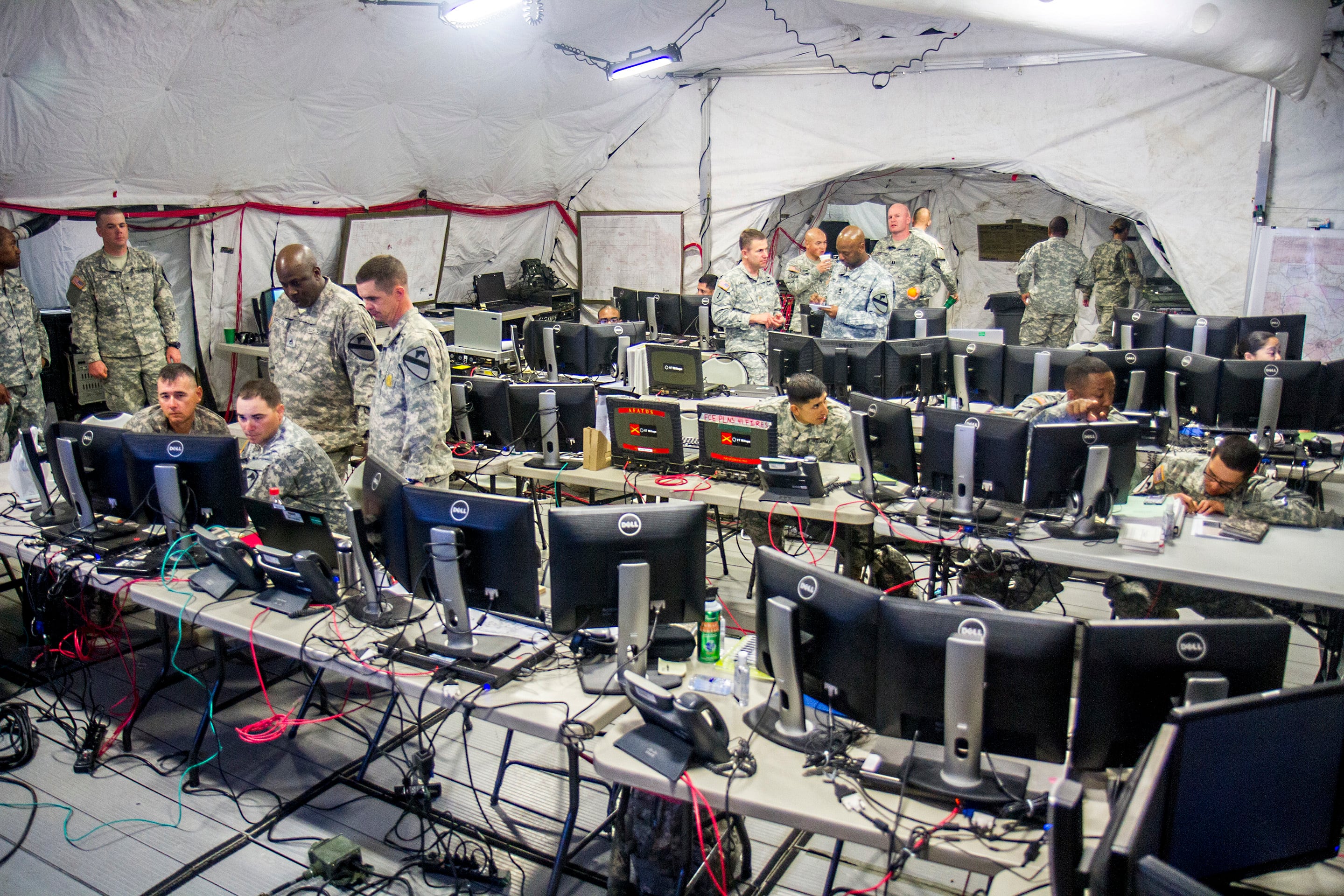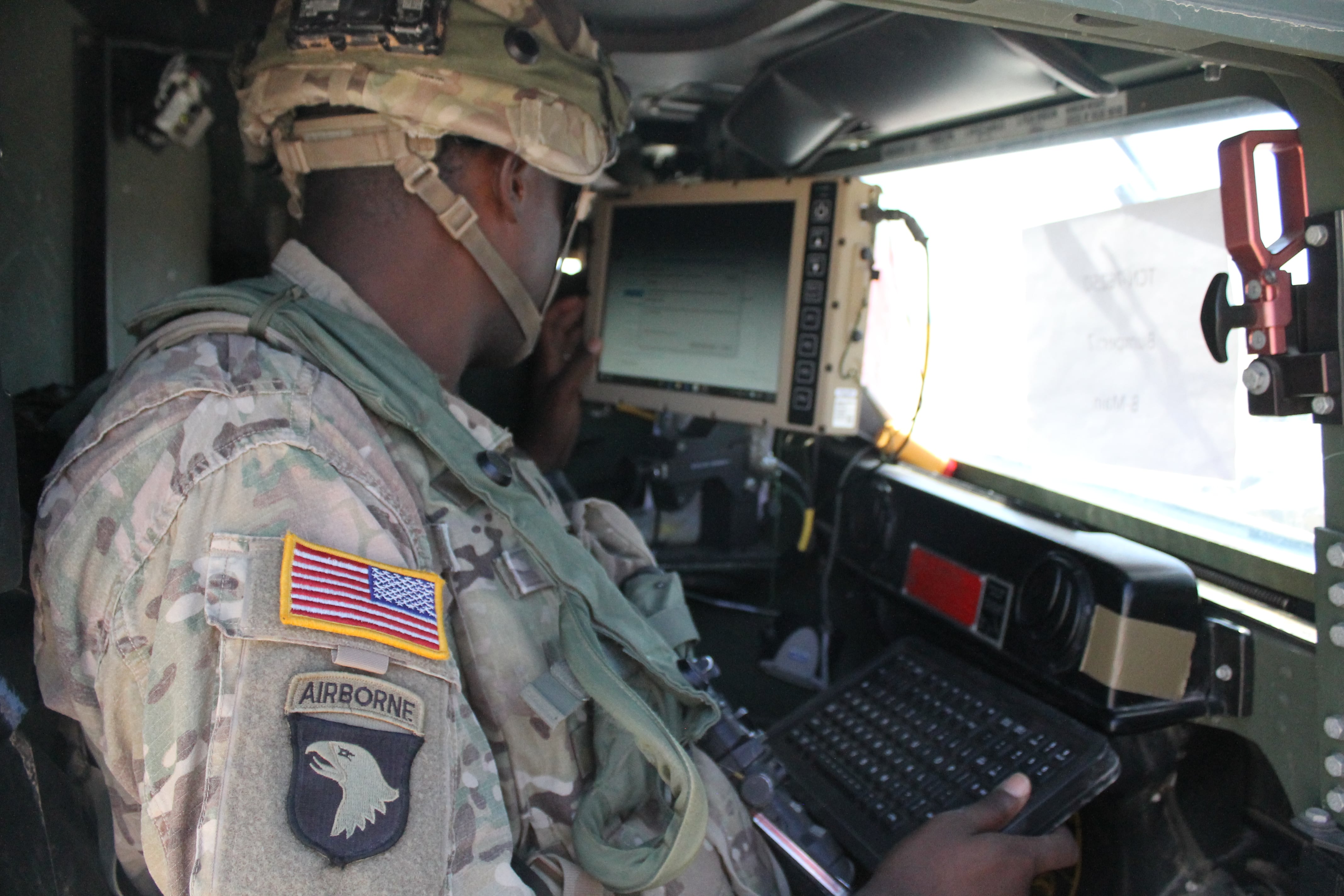In addition to technical changes, the U.S. Army is considering structural modifications in the way in procures networking equipment. This includes guidance in the way of recently established cross-functional teams.
“[On] 9 October, [the] acting secretary of the Army announce[d] on the formation of cross-functional teams that will report directly to the undersecretary of the Army and the vice chief of staff of the Army,” Lt. Gen. Bruce Crawford, of CIO/G6, which heads Army network modernization, said during a keynote presentation Oct. 24 at the annual MILCOM conference hosted by AFCEA.
“The purpose of these teams … is to improve the quality and speed of delivery and new materiel and capabilities to the war fighter,” he added.
The teams will be made up of individuals specializing in requirements, acquisition, science and technology, test and evaluation, resourcing, contracting, costing and acquisition logistics. They’ll seek to leverage industry and academia to inform the capabilities development process through centralized planning and decentralized execution, Crawford explained.
Moreover, the assistant secretary’s office will be taking a look at programmatic schedules across various portfolios to see where integration of various programs could take place.
Crawford told C4ISRNET that one of the main things noted from the network review was the lack of a lead integrator for the network. So in the spring, the Army chief of staff and the service secretary stood up an IT oversight council, with the Army vice chief of staff and the undersecretary sitting at the top.
“Instead of multiple, dispersed governance structures, now you’ve got one oversight governance structure and a lead systems integrator to ensure it’s not just vertically integrated, but it’s horizontally integrated,” Crawford said.
RELATED

Future of programs of record
All this begs the question of whether or not the Army will continue forward with its old method of large programs of record such as the Warfighter Information Network-Tactical, the Army’s tactical network.
The WIN-T effort was criticized in Congress for costing $6 billion dollars, only to now be essentially repurposed. "Most recently, the [Senate Armed Services] Committee has learned of the failure of the Warfighter Information Network-Tactical, or WIN-T, program. … This program has cost the taxpayer over $6 billion and has yet to meet the requirements of war fighters," said the committee’s chairman, Sen. John McCain, R-Ariz., describing WIN-T as a “debacle.”
Under the current method, the Army has multimillion dollar programs of record that make it difficult to insert newer technologies or capabilities.
[US Army to halt WIN-T — its battlefield network backbone]
When specifically asked, top officials have not fully acknowledged the Army will be doing away with these multimillion dollar programs of record. Some have noted the service needs to give itself some wiggle room for adjustments.
Maj. Gen. John Morrison, commander of the Cyber Center of Excellence, previously told C4ISRNET at the Association of the U.S. Army’s annual convention, that the service would, for example, write a requirements document for radios, and it would be expected that radio would field all the way to 2050.
“We know that’s just not going to work. And even more importantly, we know the threat will continue to evolve,” he said. “We have to put something in place where we go back in based off how the threat has evolved and do we have our requirements right and make smart, practical adjustments.”
[Here’s what the Army’s tactical network for the future will look like]
“We can’t write a requirement today and think that it’s going to stand the test of time in seven to 10 years,” Morrison added. “It just won’t work in this environment.”
The Army will be looking at two- to five-year sprints to give it a two- to five-year window to come back in and determine whether the service is delivering to the force relevant and well-integrated capabilities.
When asked by C4ISRNET the same question, Crawford noted that the cross-functional teams will dramatically change the way the Army develops requirements.
“I think there’s lots of promise with this concept and enabling our ability to as it was mentioned — get the best return on our investment.”
Mark Pomerleau is a reporter for C4ISRNET, covering information warfare and cyberspace.








